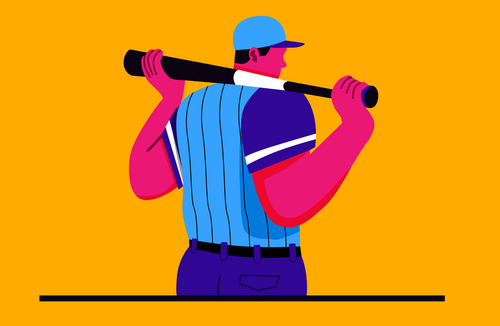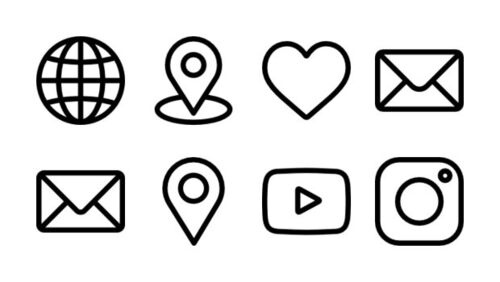Design Template by Anonymous
Types of Imagery
Imagery has many different forms, each with its unique characteristics, strengths, and limitations. The choice of imagery can directly influence the tone, usability, and the appeal of a website. The four most common types of imagery are photography, illustrations, icons, and animations also known as GIFs. Understanding each type and its strengths and weaknesses can allow designers to select the best format that suits their needs while enhancing the user experience of their site. Below is a breakdown of each type and its benefits and drawbacks when used in web design.
Photography

Photography is the most commonly used form of imagery in modern web design. It includes high-resolution pictures of people, places, products, or environments typically captured on a camera. Photos are very useful as they can help connect users to the real world and evoke strong emotions due to relatability. For example, an e-commerce website might want to capture professional photos of their products in order to express the quality to their potential customers. When used correctly, photos can add a sense of realism, credibility, and relatability to a website.
However, when using photos there are a few limitations. High quality photos require expensive costs whether it's camera equipment, professional photographers, stock photos from other libraries, or even licensing. Using poor quality photos can hinder credibility and user trust. Also, large image files can affect load times or performance if they are not optimized correctly, reducing the user experience.
Illustrations

Illustrations are custom, hand drawn or digitally created graphics that offer more creative freedom. This is typically used when you want to portray abstract and creative ideas that you can’t necessarily do when using photographs. This is typically used in websites to create a more fun and engaging website since you can use or create illustrations with many different art styles. This is also helpful when you are trying to find images that match the brand’s tone and identity.
Some limitations of illustrations are that they can require a lot more time and skill to create, especially when trying to use custom artwork. Also, if you overuse or misuse this type of image on a website, it can make your site appear less professional and informal depending on your audience.
Icons

Icons and symbols are simple visual representations that are used to communicate information quickly and intuitively. Common examples of icons are magnifying glass for a search bar, a printer for printing a page, and a shopping cart to go to your cart when purchasing a product on a website. This type of imagery is especially valuable in navigation and user interface design since icons can easily guide the user and reduce cognitive load by making the site feel faster or more intuitive. They can be useful when utilized alone but become more effective when they are paired with a label for easier communication.
Icons must be used thoughtfully. Abstract icons or icons with unique styles can confuse users and increase cognitive load when their meaning isn’t clear. Another challenge is to try to ensure that icons maintain consistency in their style as different styles can disrupt or distract the visual appearance of a site. Finally, overusing icons can cause visual clutter and reduce its overall effectiveness.